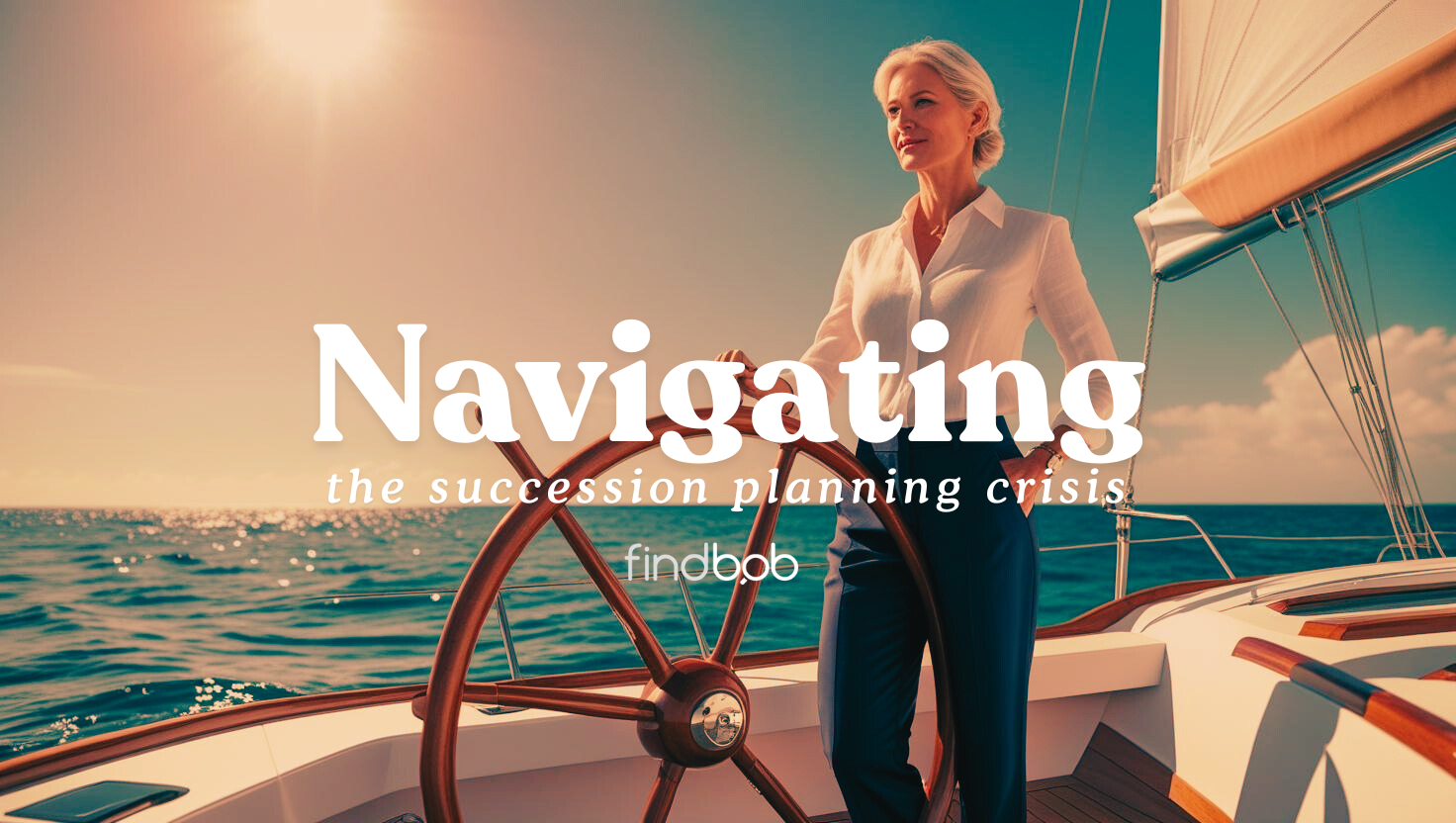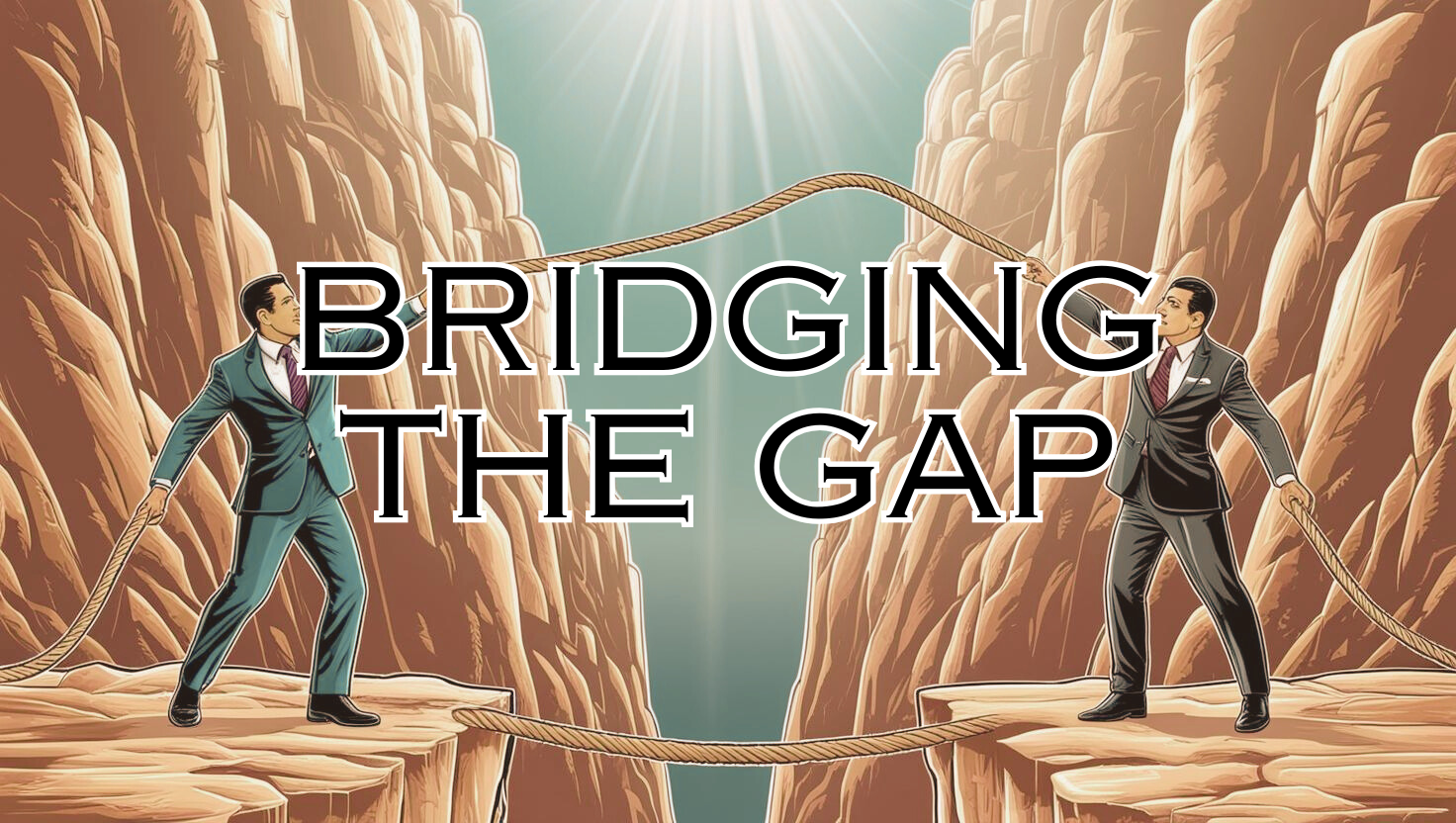Sometimes you have to do things because it’s expected. And not doing what’s expected can negatively impact your reputation and bottom line.
In the world of advertising, when placing an advertisement, you review the target audience, budget, and geographic location of the audience for the best placement. However, sometimes where the target audience expects to see a brand’s ad plays a part in what actually goes to market. Television is notable in this aspect. It’s difficult to calculate a direct ROI on a television ad (especially which ad actually drove the purchase - was it the first time the ad was seen or the hundredth or a cumulation of all of them?), and that’s why television's dominant strength is brand building. That brand building comes at a steep price, not just in placing the ad but in producing it as well. So why use it at all when there are other ROI traceable options available and less expensive options that will get results? Here’s why:
- Recognizable Name. When you’re a big dog, one of the costs of marketing is having a TV presence that is expensive and flashy and seen by the masses. Big dogs have to run with the other big dogs.
- Assumption of Stability. If a big name isn’t seen on TV, the question of their stability comes into play. If a mammoth like Coke or McDonald’s suddenly wasn’t on TV, there would be Wall Street speculation on the health of these category leaders.
- TV is Still Sexy. Despite the digital revolution (which has taken its share of the advertising budget) TV still holds court as the place to be seen and is recognized as “legit”. If you can afford a TV spot, you are viewed as REAL.
- I Saw Your Ad. When asked, “Where did you see us or hear about us”, a disproportionate number of answers will be television. This answer is universal whether or not an actual ad was ever seen or an ad hasn’t been on air recently. People expect brands to have TV ads, and answer based on that expectation.
So How Does This Relate to Insurance and Financial Services?
As clients become savvier and competition for their dollars increase, their expectations of service are changing. It’s not only their expectations that are evolving, but the clients themselves are changing. A shift from a predominantly Baby Boomer demographic to the Millennial inheritors of the Boomer wealth means insurance firms need to change how they stay relevant to both their existing and potential client base. Clients expect to have their needs taken care of from the first dollar they invest through to when they need those dollars because of their life events. They expect:
- advice and guidance when they have questions
- prompt and immediate service
- a smooth business transaction over the course of their life without any disruptions or problems that can arise from an advisor’s departure from your firm.
Born out by a study by EY Financial, some of the biggest reasons a client abandons an advisor (and take their money with them) are:
- Wealth transfer
- Limited and/or poor advisor interactions
- Advisor departure
- Poor client servicing
Heading off these departures and setting up your advisors to meet client expectations can be improved through encouragement and facilitation of a strong internal Succession Planning and Management program that includes
- Agent teaming,
- Mentoring,
- Orphan policy distribution,
- Book portioning or selling part of a book of business
- Recruitment and agent development
With the continual advancement of technology that brings liberty and choice to consumers on how (and WHO) they can do business with, it is imperative that the Home Office ensure that they encourage and support their agents and advisors to focus on the lifelong support of their clients beyond their time in business.




